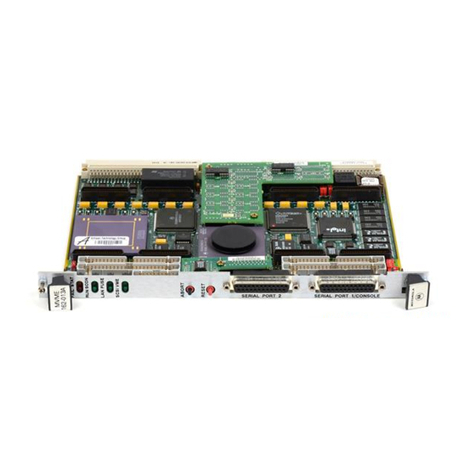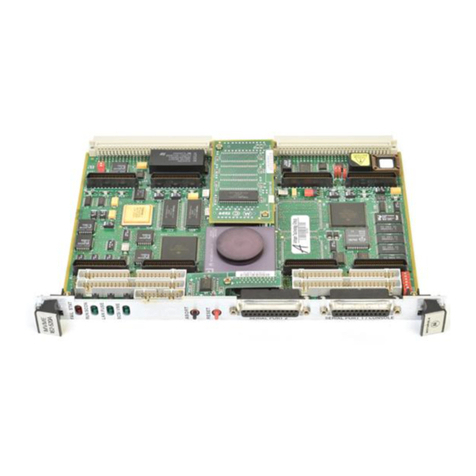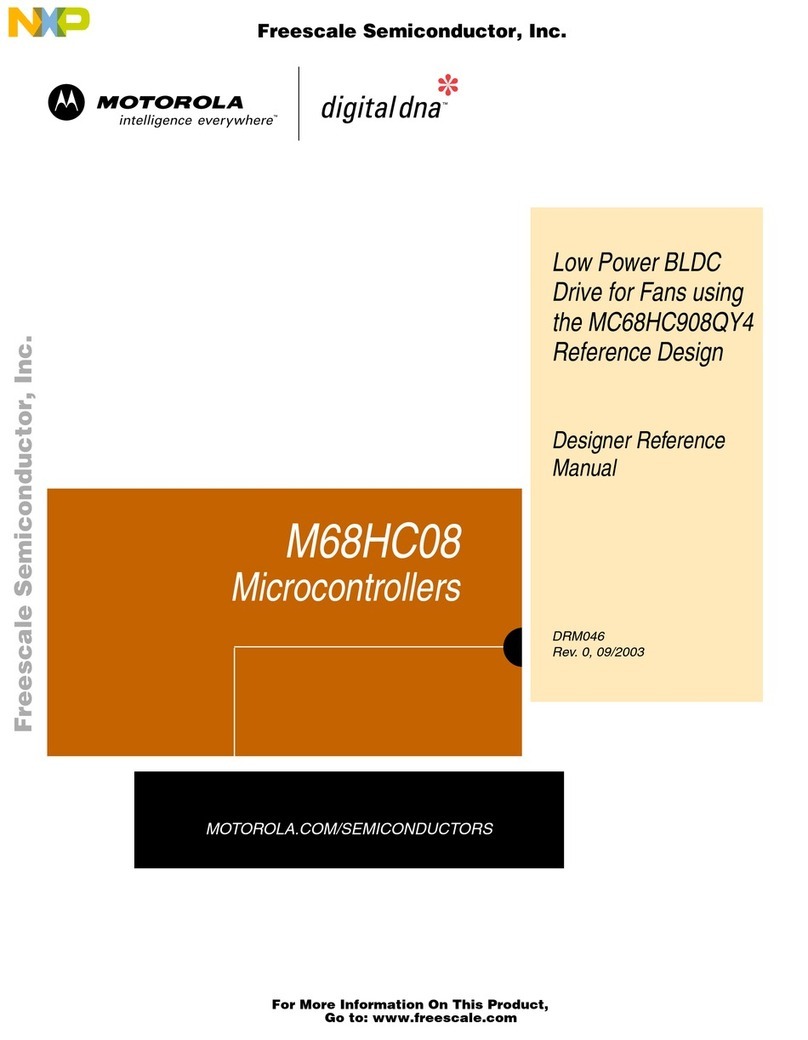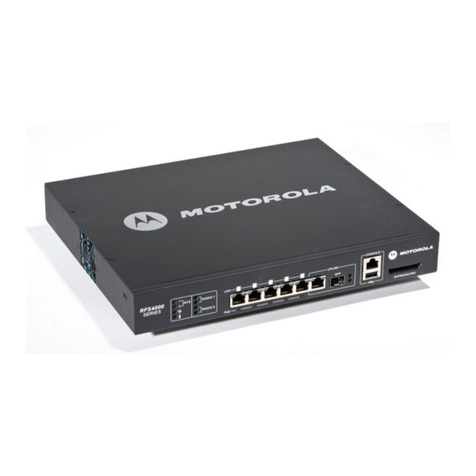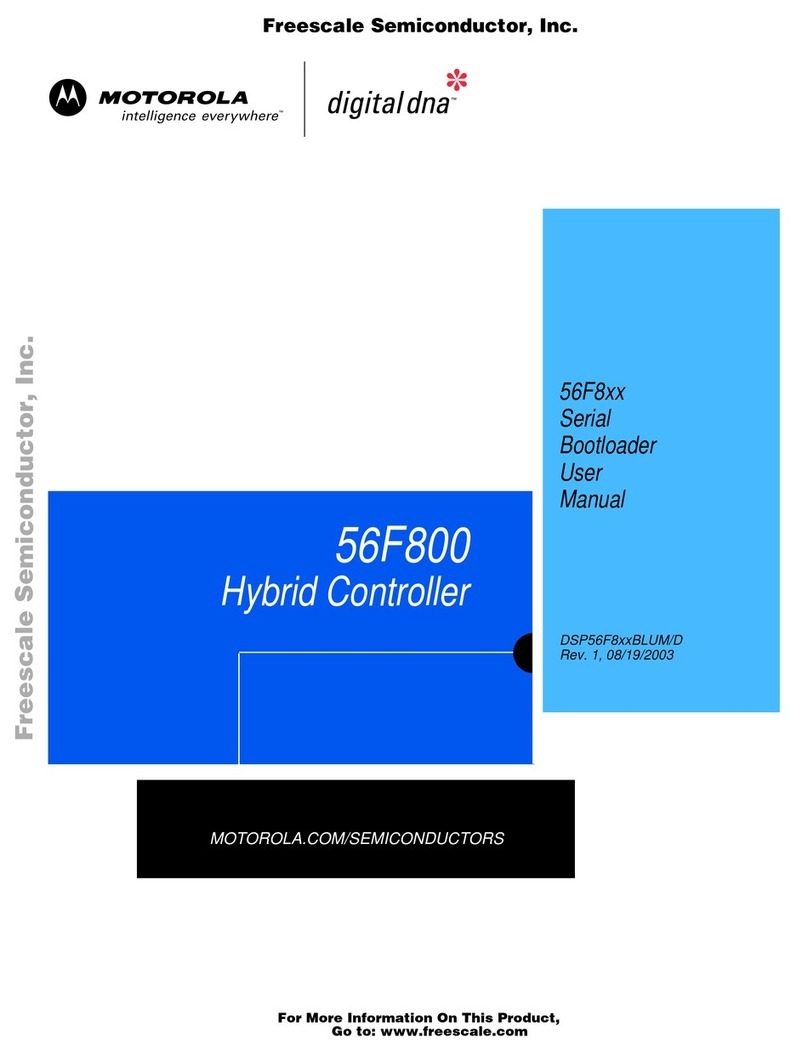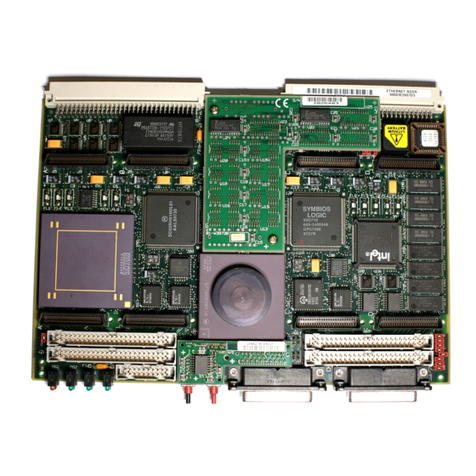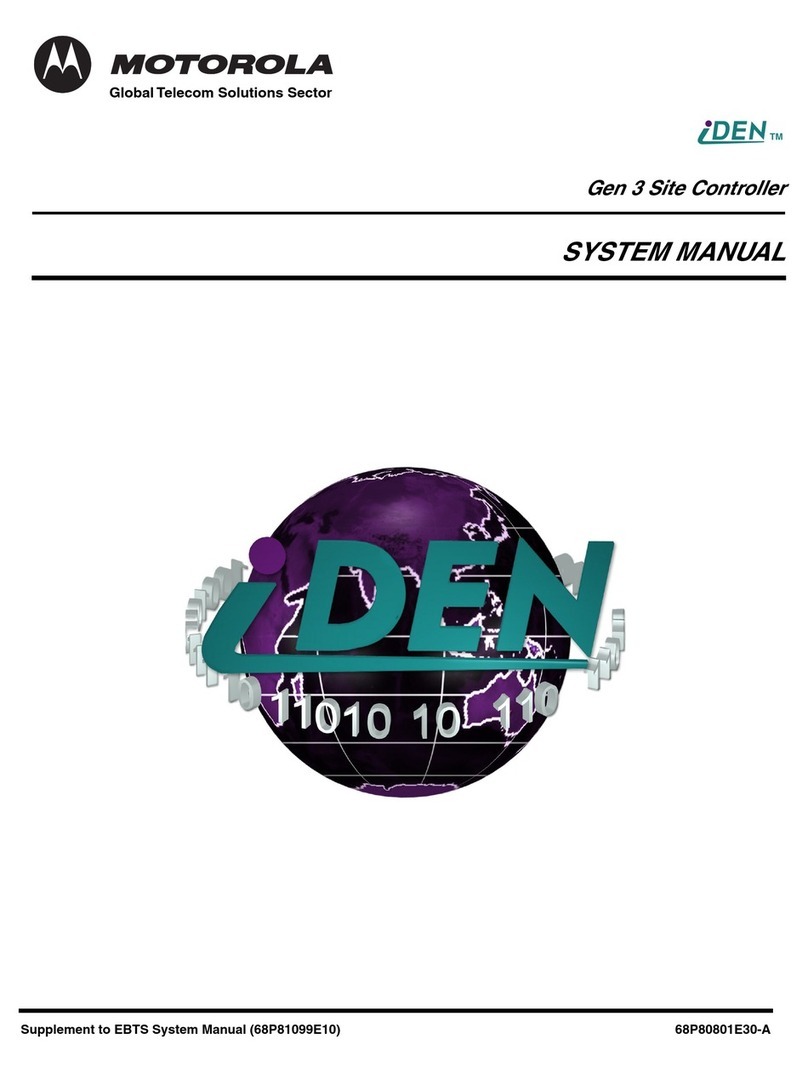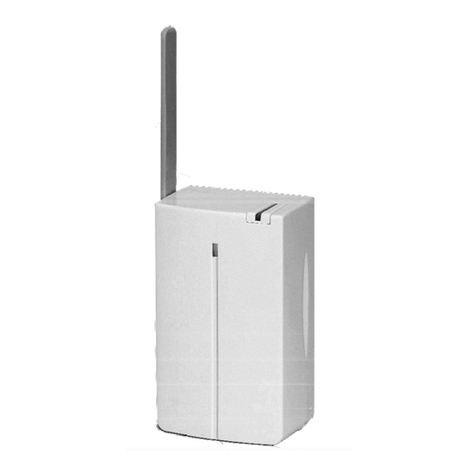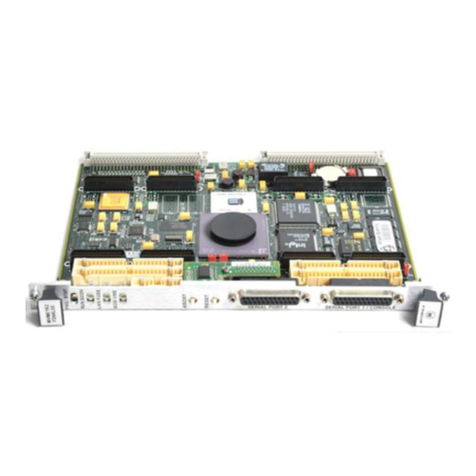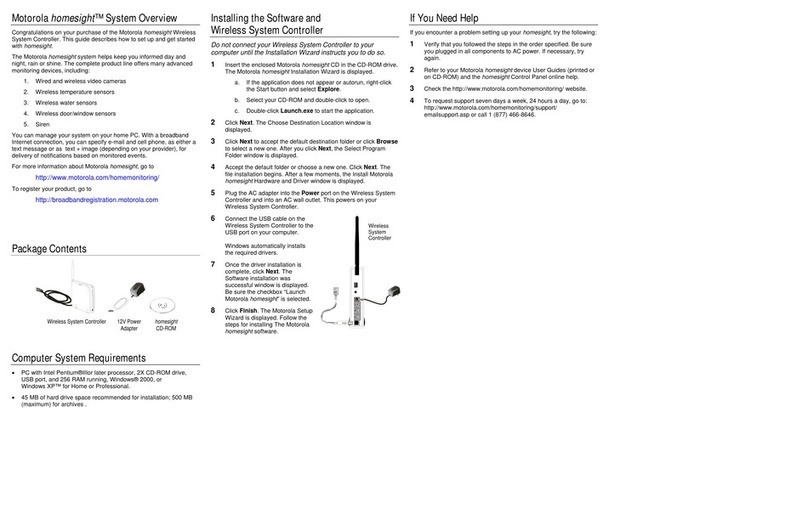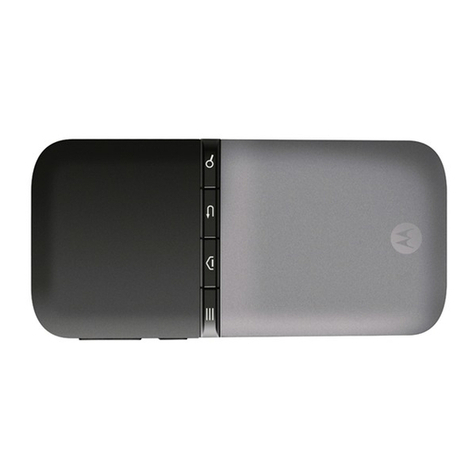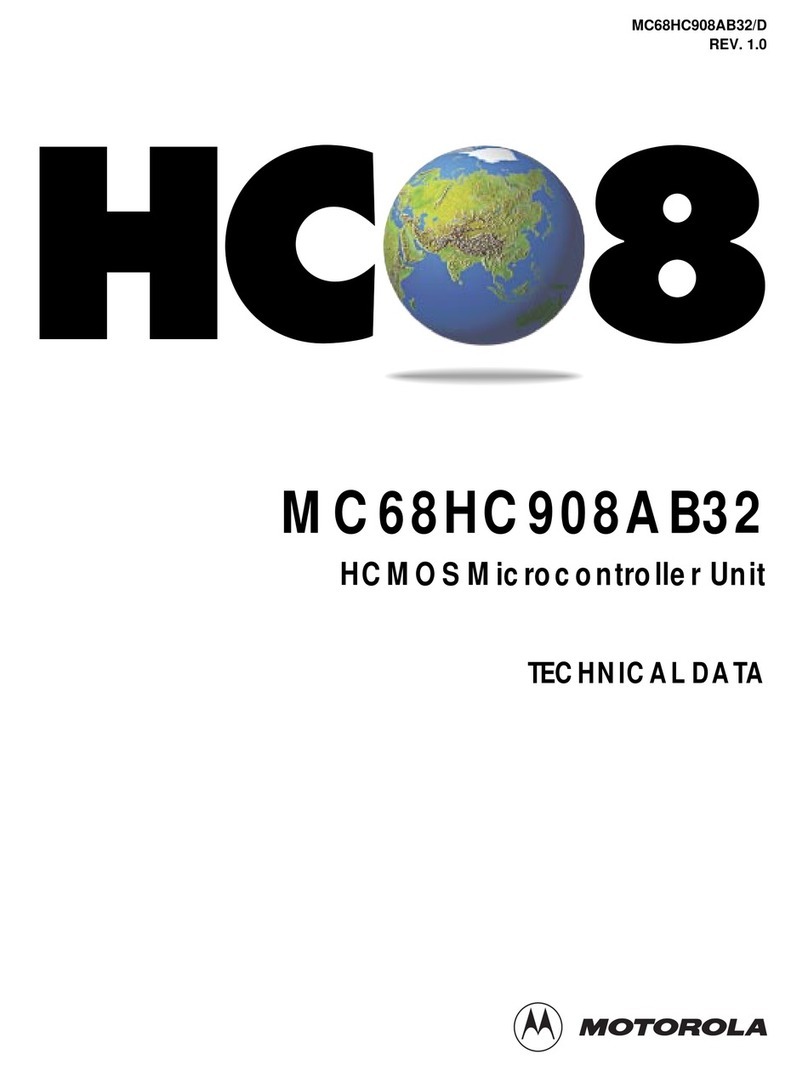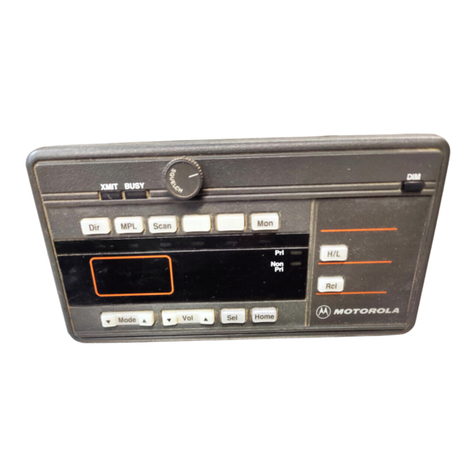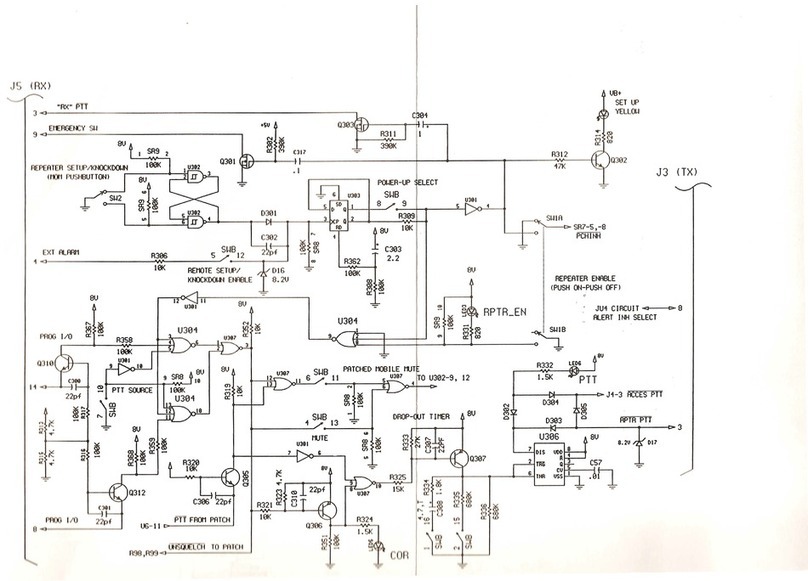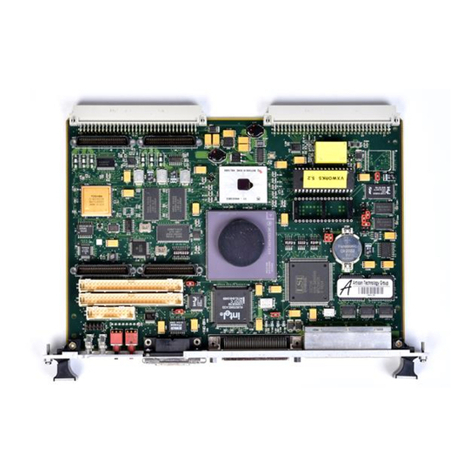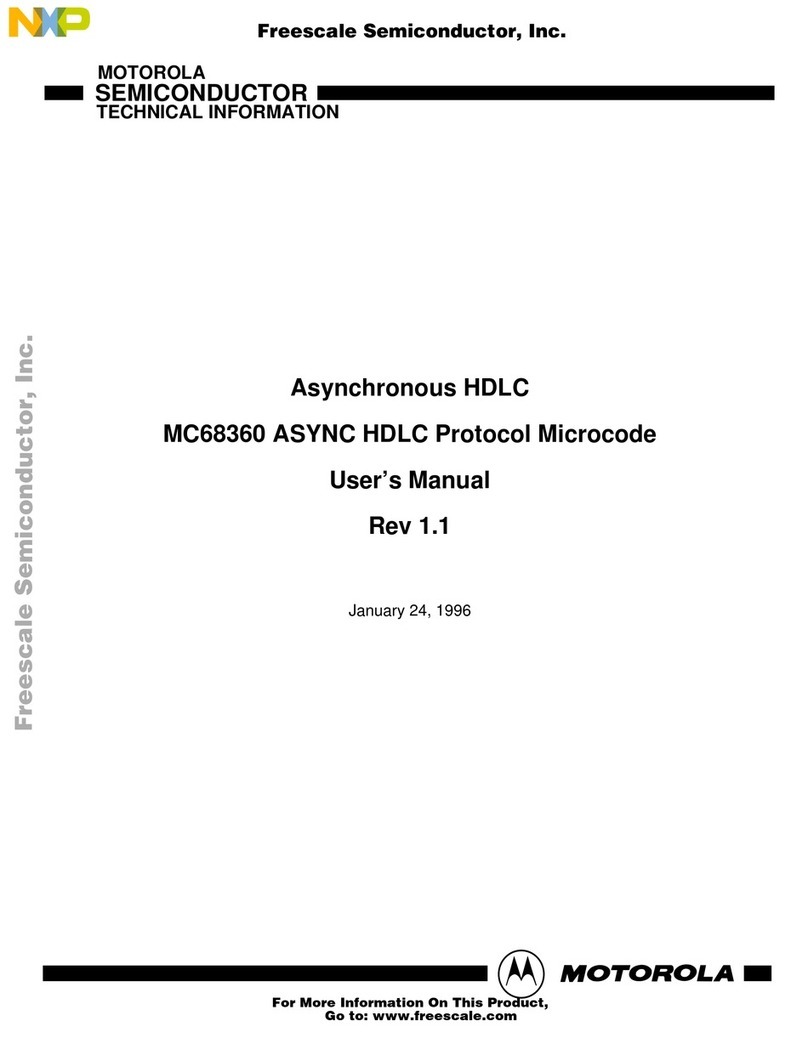TABLE
OF
CONTENTS (Continued)
Paragraph
Number Title Page
Number
3.2
3.2.1
3.2.2
3.2.3
3.2.4
3.2.5
3.3
3.3.1
3.3.2
3.3.3
3.3.4
3.4
3.4.1
3.4.2
3.4.3
3.5
3.5.1
3.5.2
3.5.3
3.5.3.1
3.5.3.2
3.5.3.3
3.5.3.4
3.5.3.5
3.5.3.6
3.6
3.6.1
3.6.2
3.6.3
3.6.4
3.6.5
3.6.6
3.7
3.7.1
3.7.2
3.8
3.8.1
3.8.1.1
3.8.1.2
3.8.2
3.9
Initialization...................................................................................
3-4
LOAD
INITIALIZATION
TABLE
FUNCTION
CODE
Command
................
3-5
INITIALIZE
Command..............................................
...................
3-5
OFFLINE
Command..............................................
.....................
3-5
IDLE
Command.........................................................................
3-6
RESET
Command..............................................
........................
3-6
Set
Operation
Mode........................................................................
3-7
SET
MODE
1
Command..............................................................
3-7
SET
MODE
2
Command..............................................................
3-8
SET
MODE
3 Command
..............................................................
3-10
SET/CLEAR
IN-RING
DESIRED
Command...
....................
................
3-11
TX
Data
Frames.............................
................
.................................
3-23
STOP Command
....................................................................
... 3-12
RESTART
Command
..................................................................
3-12
START
Command...........
.....
........................................
..............
3-12
Set/Read Value
...............................................................................
3-13
Command Parameter Area
..........................................................
3-13
READ
VALUE
Command
.............................................................
3-16
SET
VALUE
Command
..............
.................................................
3-16
Buffer Descriptor Function
Code.........................
.....................
3-17
Frame Descriptor Function Code
.............................................
3-17
Data Buffers Function Code...
...................................
..............
3-17
Set
Pad Timer Preset Register
(PTP)..........................
...............
3-17
Set One Word
.....................................................................
3-18
Set Two
Words...................................................................
3-18
Testing
..............................
.....................................
......................
3-18
SET
INTERNAUEXTERNAL
LOOPBACK
MODE
Command
..................
3-19
HOST
INTERFACE
TEST Command
...............................................
3-19
FULL-DUPLEX
LOOPBACK
TEST Command
....................................
3-20
TRANSMITTER
TEST Command
.........
...............
...........................
3-22
RECEIVER
TEST
Command..........................................................
3-23
Sequence
for Running
all
the
Tests
...............................................
3-24
Notify
TBC.....................................................................................
3-26
CLEAR
INTERRUPT
STATUS
Command.........................................
3-26
RESPONSE
READY
Command.........
.............................................
3-27
Modem
Control..............................................................................
3-27
PHYSICAL
Command.................................................................
3-27
Immediate
Commands......................
....................................
3-28
Data Transfer
Commands......................................................
3-29
END
PHYSICAL
Command..........................
............
.....................
3-30
Illegal
Commands..............................................
.............................
3-30
Section 4
Buffer
Structures
4.1
Buffer Structures ...
..........
....
......
......
............................
...................
4-2
4.1.1 Frame
Descriptors................
......
....
...
.................
....
.......
............
4-2
4.1.1.1
FD
Confirmation/Indication Word
Format..................................
4-3
MC68824
USER'S
MANUAL
MOTOROLA
v

